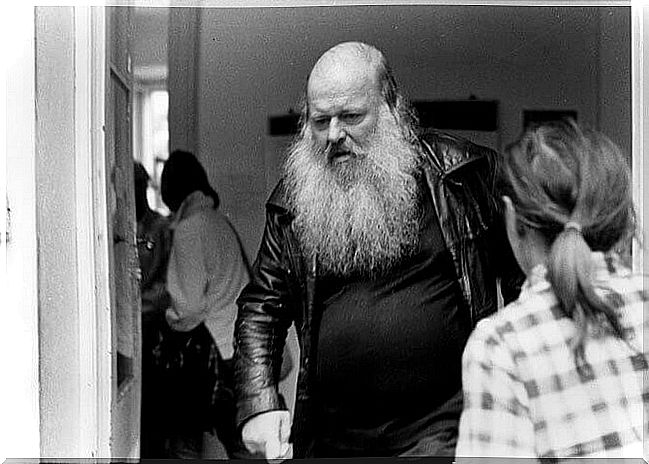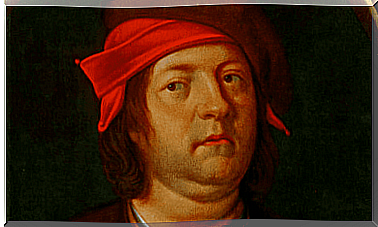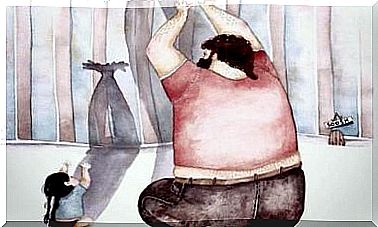David Cooper, The First Antipsychiatrist

David Cooper is considered, along with RD Laing, Thomas Szasz and Michel Foucault, one of the founders of the movement known as “Antipsychiatry”. This movement emerged in the 1960s and its main interest was, and still is, to denounce the gaps, theoretical problems and abuses in the practice of psychiatry.
David Cooper himself studied psychiatry. He worked in different psychiatric hospitals in London, where he had direct contact with patients diagnosed with schizophrenia. From this experience, and thanks to the influence of other thinkers, he wrote several books that are currently considered important for the antipsychiatric movement.
It was David Cooper who used, for the first time, the term “Antipsychiatry” or “Counterpsychiatry” to refer to this group of intellectuals who found serious theoretical and practical deficiencies in psychiatry. Cooper was the author of several precepts that questioned psychiatry and that are still in force today.
The story of David Cooper
David Cooper was born in Cape Town (South Africa) in 1932, adopting British nationality. In his own words, his family was “ordinary”, so he had no major shocks during his childhood and adolescence. Cooper studied music but later discovered that his true calling was medicine. So he attended that college and graduated in 1955.
At that time, South Africa was at the height of apartheid . Cooper, who was against this segregation, practiced medicine serving blacks in medical posts exclusive to this function. He then moved to London, where he worked as a psychiatrist in various hospitals.

David Cooper married a French woman, with whom he had three children. Later, he had as a sporadic sentimental companion Juliet Mitchell, a leader of the Anglo-Saxon feminist movement. She was also a specialist in Lacanian psychoanalysis. This relationship had a great influence on Cooper.
The Villa 21 experience
David Cooper worked in a psychiatric hospital in London where a famous program was created in Hall 21, which became known as “Villa 21 ”. There he treated a large number of schizophrenic patients. It was this experience that led him to separate himself completely from psychiatry.
Cooper began to question the arguments of Eugen Bleuler, the main inspirer of psychiatric treatments in vogue at the time. He defended the idea that schizophrenia, or “madness” as it was called, was not a mental illness but an experience, or a transitional state. In other words, a kind of “trip” out of reality.

David Cooper indicated that there were three types of “madness”. They are as follows:
- The dementia. “Schizophrenia” originates in the disastrous social conditions in which some people have to live.
- The inner journey. The process of breaking away from previous alienated experiences and the new structuring of a personal life project.
- Social dementia. It corresponds to a disorganized response to “sick” surroundings, such as family, work, etc. Madness would be the only possible way out.
antipsychiatry
David Cooper performed daring “experiments” at Villa 21. In fact, he failed to medicate many patients. He said they “went to hell” and came back. It was a “passage to the act”.
Cooper thought that if they went back to the archaic areas of their being, they could get better. It generated great controversy, but, at the same time, it proved that schizophrenia could be cured, something that until that moment was considered impossible.

Since then, David Cooper has become a world reference in Antipsychiatry. He began hard work defending his theses around the world. He was accompanied by RD Laing and Herbert Marcuse.
Later, he moved to Paris, where he worked together with figures such as Michel Foucault, Gilles Deleuze and Robert Castel in favor of human rights, in different areas of the medical and social field.
Little by little, he became a kind of symbol of the most disadvantaged people. His image changed, he began to display a very long beard and exotic clothing. With that, it scandalized and fascinated at the same time. He never stopped in his efforts to break the patterns of traditional thinking. He died at age 55, leaving a permanent mark.









